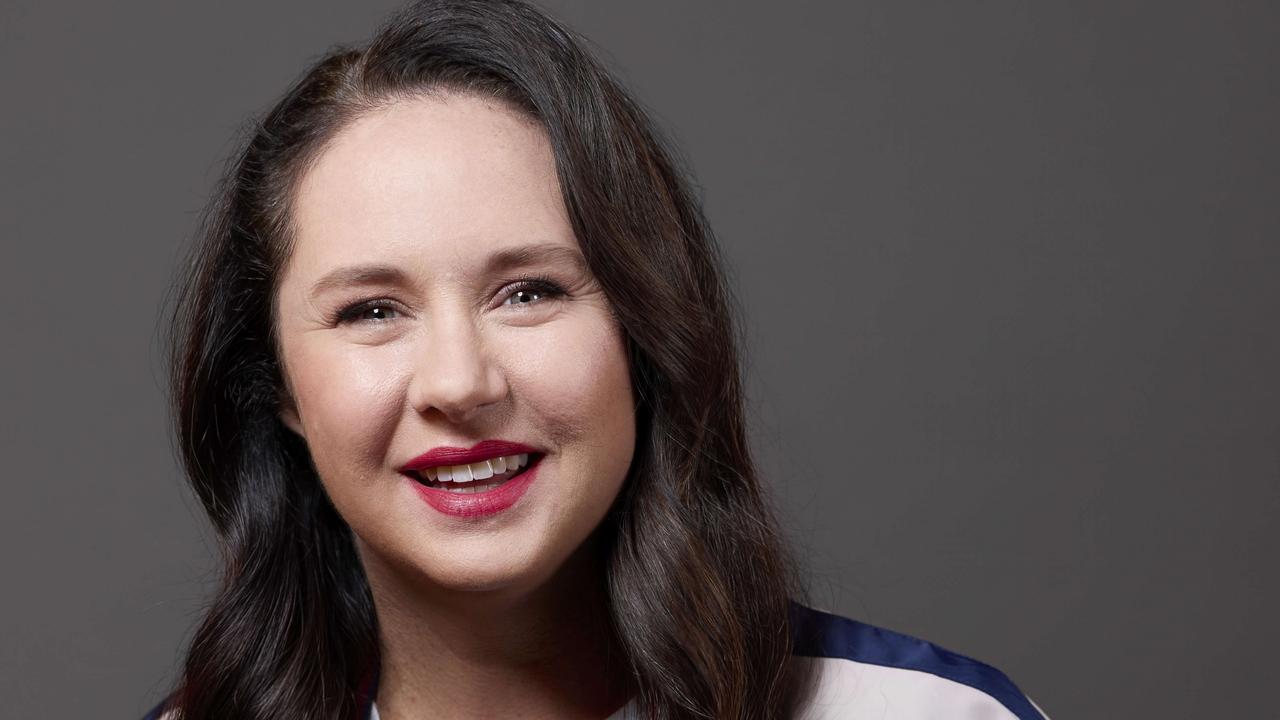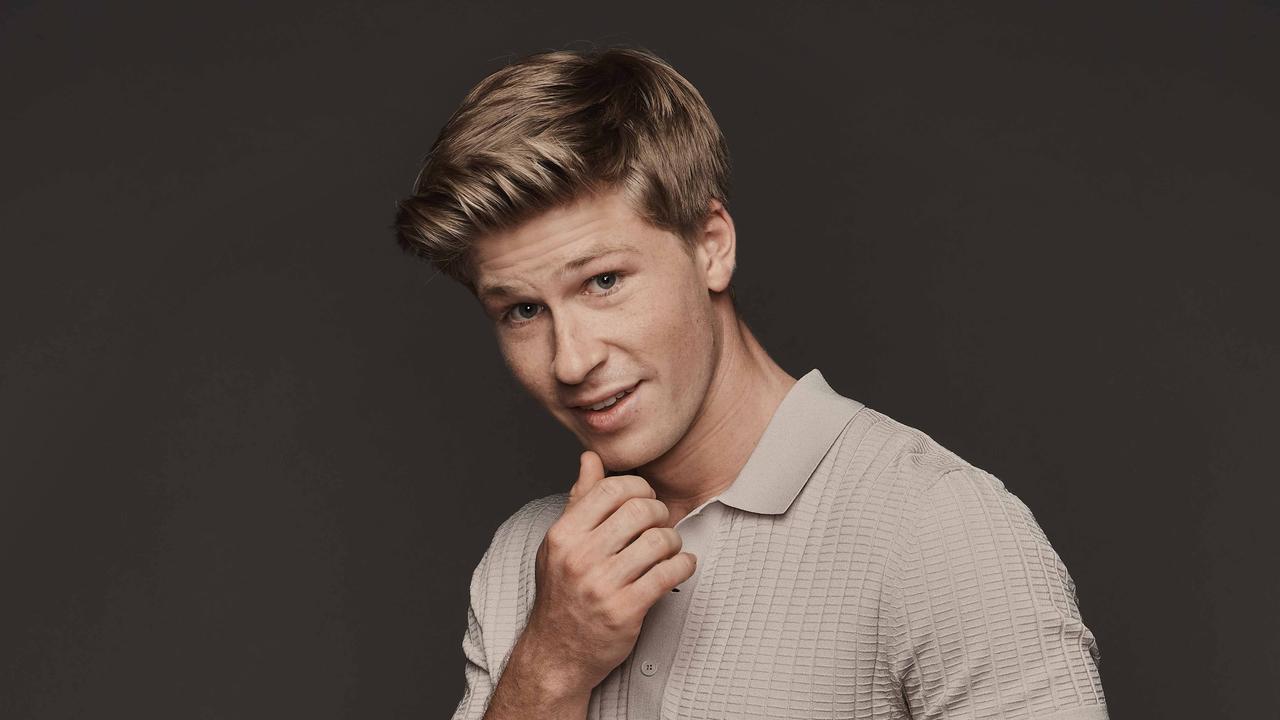$1bn secret operation: Incredible plan to shift 65 masterpieces from NYC to Brisbane
A billion dollars worth of art is being moved from New York to Brisbane under a highly secretive deal. This is how they’ll do it.
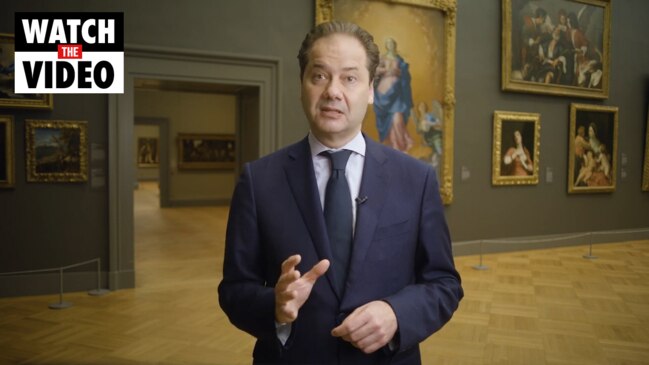
QWeekend
Don't miss out on the headlines from QWeekend. Followed categories will be added to My News.
How do you move a billion dollars worth of art from New York to Brisbane? It’s not a trick question and the answer is obvious … you move it very bloody carefully.
We are getting some of the key masterworks of world art for the landmark exhibition European Masterpieces from The Metropolitan Museum of Art, New York.
It’s an artistic coup of monumental proportions pulled off by Queensland Art Galley/Gallery of Modern Art (QAGOMA) director Chris Saines who had the opportunity to seal a deal with The Met, as it is known, while it is refurbishing its European Painting galleries.
The exhibition will be on display at GOMA where it will take up the entire ground floor from June 12 to October 17 and will feature 65 works by Fra Angelico, Titian, Caravaggio, Rembrandt, Vermeer, Rubens, Raphael, Goya, Turner, van Gogh, Cezanne, Monet and other famous and lesser known artists across the past five centuries.
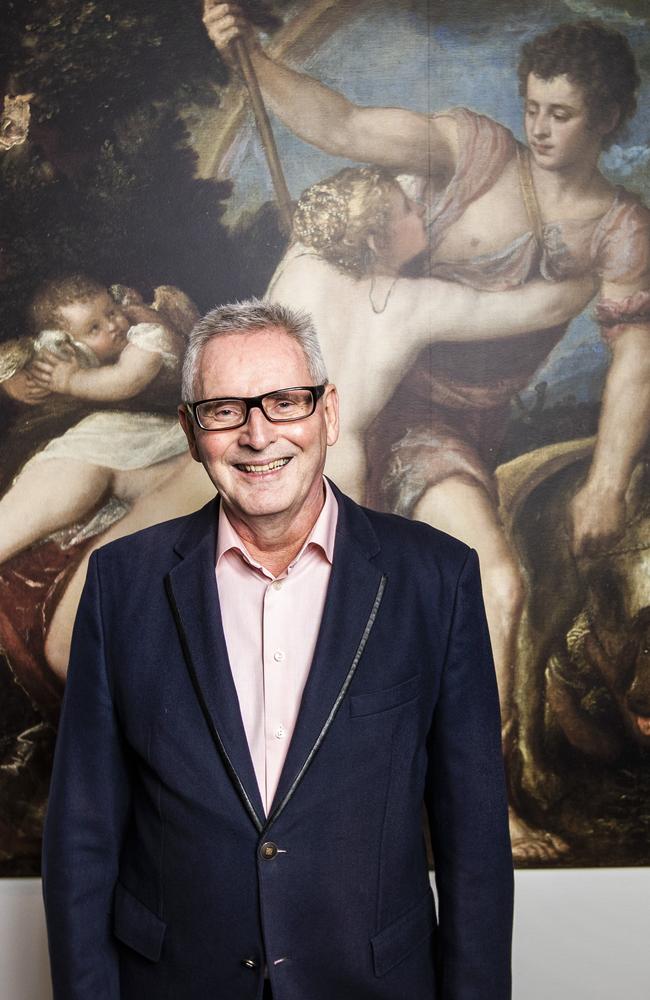
Moving this many works from New York to Brisbane isn’t easy but Art Exhibitions Australia Limited (AEA), which is behind the logistics, has plenty of experience. But what does the operation involve?
A lot of secrecy apparently with neither AEA, QAGOMA or The Met willing to divulge information about that for security reasons.
We can say, however, that it will be, as one insider put it, “a military operation” and one that is as closely guarded as troop movements during a time of conflict.
Adam Eaker, assistant curator in the Department of European Paintings at The Met helped curate the show from New York.
Eaker says The Met does not talk about the details of moving works but says it is something they have down pat.
“We lend internationally all the time and we have a team of registrars, handlers and packers who are experts at this,” Eaker says when he chats to us by phone at the end of a busy day in the Big Apple.
“I won’t be going into any specifics about how we do it though. What I can say is that this is a big lend.
“Normally we’d be sending one or two paintings somewhere or possibly four or five. Sending 65 masterpieces out is pretty exceptional. It’s hard to say goodbye to them and I will miss them terribly but we’re lucky here at The Met because we have so many other paintings. That makes us able to bear parting with these things.”
None of the parties involved in sourcing the works will discuss the value of the paintings either but an estimate of $1 billion is a fair assessment according to sources.
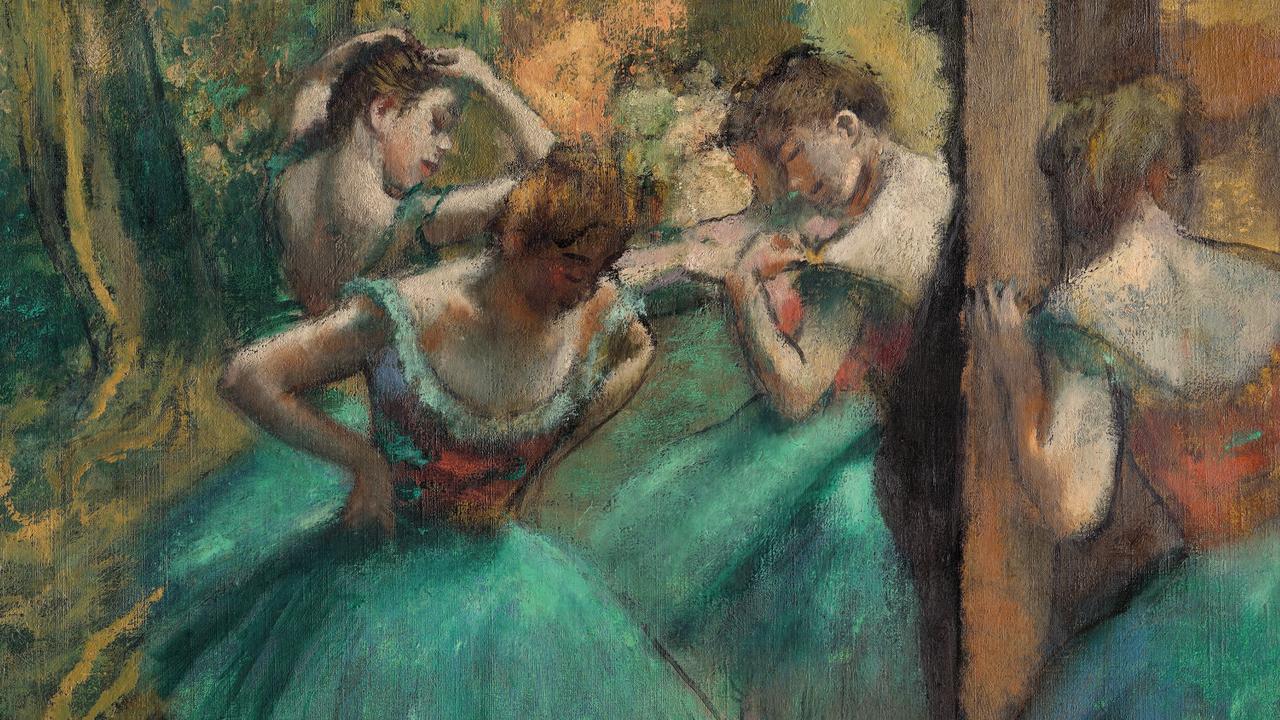
In a message from the forthcoming publication accompanying the exhibition Dr Mark Nelson, chair of AEA points out that it is imperative that they are properly insured although no figure is mentioned.
“The Australian Government International Exhibitions Insurance (AGIEI) program has provided indispensable assistance,” Nelson writes.
“This program was established by the Australian Government to provide funding for the purchase of insurance for significant cultural exhibitions. Without AGIEI the high cost of commercial insurance would prohibit the staging of this and other major touring exhibitions to Australia. Funding for insurance has also been provided through the Queensland Government’s Exhibition Indemnification Scheme (QGEIS) administered by Arts Queensland.”
How and when the paintings from The Met will get here and whether they are accompanied or not is, however, top secret.
But it’s possible someone from New York will accompany the works and will presumably end up in hotel quarantine.
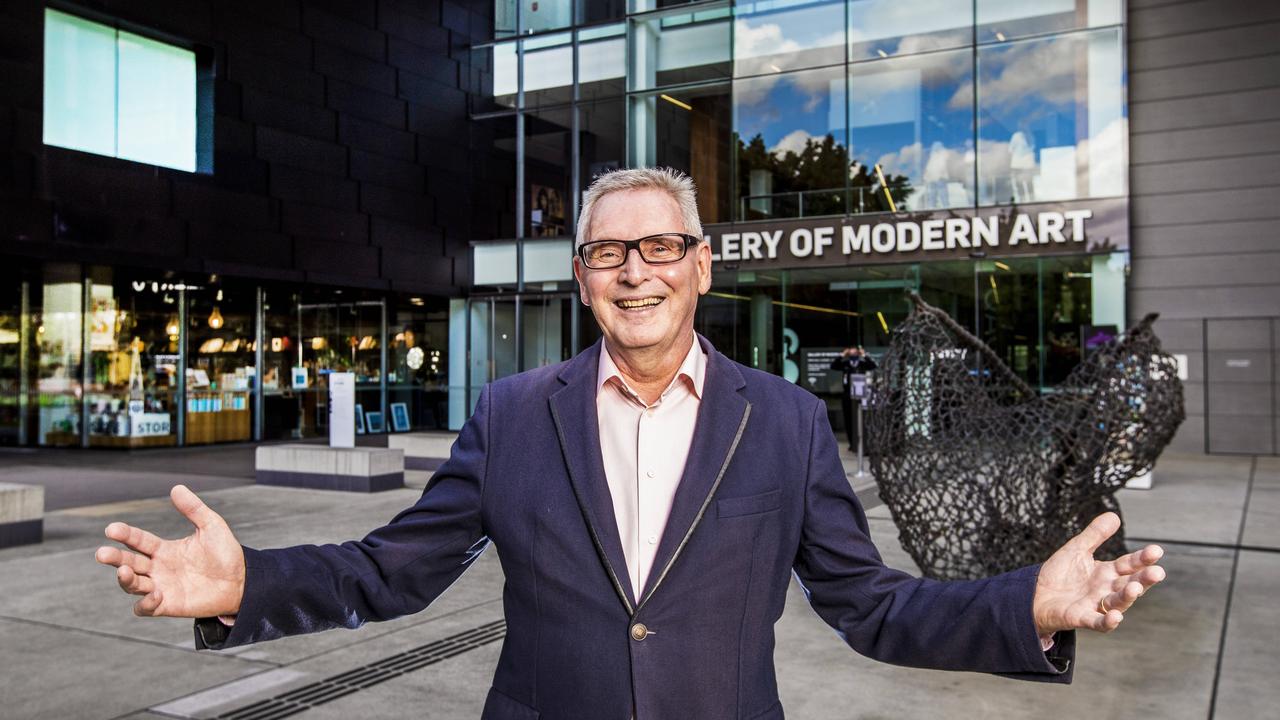
QAGOMA director Chris Saines has done this earlier in his career. He once accompanied QAGOMA’s priceless Picasso, La Belle Hollandaise, to Barcelona for an exhibition and he and the painting had an armed escort from the airport.
Saines says the works from The Met will arrive in “multiple consignments” and we’re thinking they may be delivered under the cover of darkness such is the secrecy surrounding their movement.
Saines is a little more expansive about how we will care for them once they get here.
“They will be brought to GOMA, stored in a specially staged holding store and acclimatised for between 24 and 48 hours to allow the temperatures to stabilise so that the air inside is the same as the air outside,” Saines explains.
“Some of the works are very old and fragile, some more robust but they all need to acclimatise. Eventually the crates will be opened by the installation team under the supervision of a courier if there is one here and our conservators and registrars will be on hand.
“Examination of the works will follow, often with a magnifying glass to check the conditions of the works against reports compiled by The Met. If there is any material change in any works, restoration may occur with permission.
“Once everyone is pleased the work is photographed and signed off on by the conservator or it might be signed off on with The Met over Zoom.
“Then the work will be installed onto the wall with special securing devices and once that is done 65 times over we will begin lighting the work under supervision to stringent light standards.”
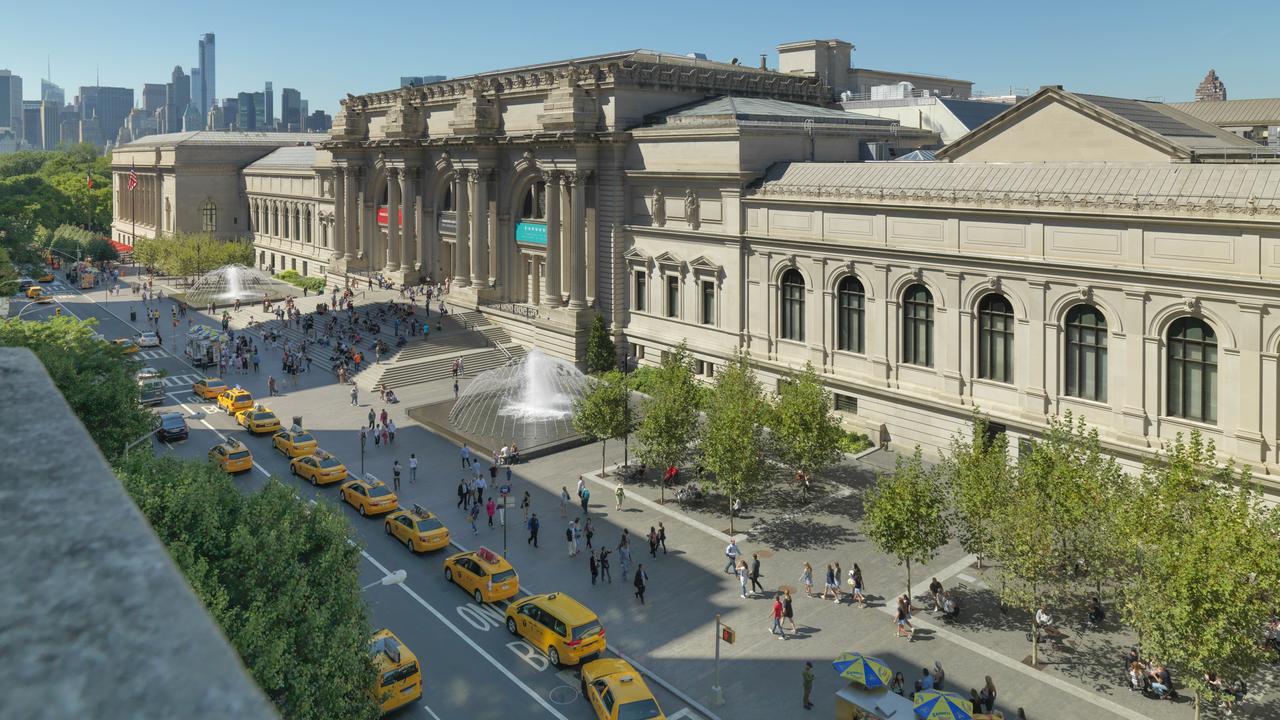
Saines says very few people will have access to the bespoke storage room where the works will be housed in their crates once they arrive.
We understand there are devices that monitor their movements in transit making sure they don’t move around.
The work on installing the paintings is expected to take until around Wednesday, June 9, just a couple of days out from the media launch and a glittering opening night on June 11.
Saines says everything is being done to the letter of an agreement with The Met and that any problems will be dealt with “the way health professionals deal with medical emergencies”.
“There are strict protocols with what should occur if for whatever reason a work was damaged but this never happens,” Saines says.
“Continuing the medical analogy … you always have the ambulance on standby but you don’t want to have to call it.”
He is confident his team of experts can deal with any eventuality.
Saines, 66, is personally overseeing the whole operation and is co-ordinating curator of the show, supported by Curatorial Manager of International Art at QAGOMA Geraldine Barlow.
Saines is passionate about what may well be the highlight of his career and we have his entrepreneurial spirit to thank for securing what has been described as Queensland’s art coup of the century.
The whole thing was, however, almost accidental, the result of what Saines refers to as “serendipity”.
He happened to be, he points out, in the right place at the right time.
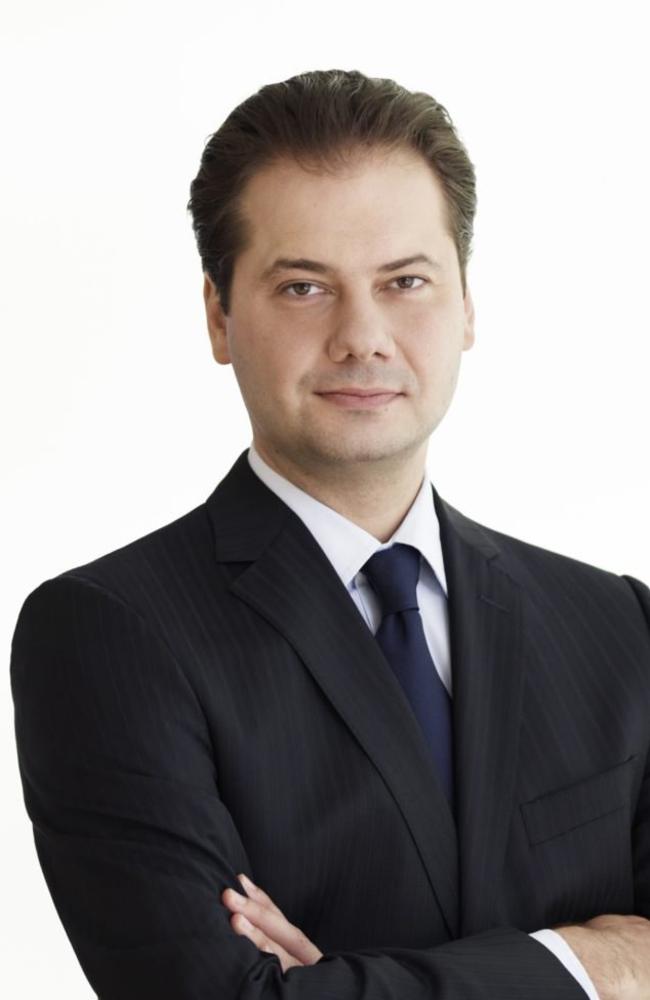
He went to New York in May 2018 and while there held a meeting with The Met’s CEO and president, the art historian Dan Weiss, who was acting director before the arrival of the current director, Max Hollein.
“I certainly didn’t walk into The Met thinking something like this would arise,” Saines recalls.
“We had worked with them twice before though and had a relationship. So I sat down with Dan for an hour and, really, I was just talking to him about what we do in Brisbane with a view to maybe getting a show one day.
“We talked about the work that was going on at The Met and how they were renovating their skylight galleries where the European paintings are displayed. What I said to him then was that if the opportunity ever arose to tour some of the European Collection I would be happy to have it. But when I left Dan, I just left it there. I walked out feeling the meeting had gone well but not sure if anything would happen.
“Then a month later I was back home and Dan reached out to us and Arts Exhibitions Australia and that was incredibly exciting.”
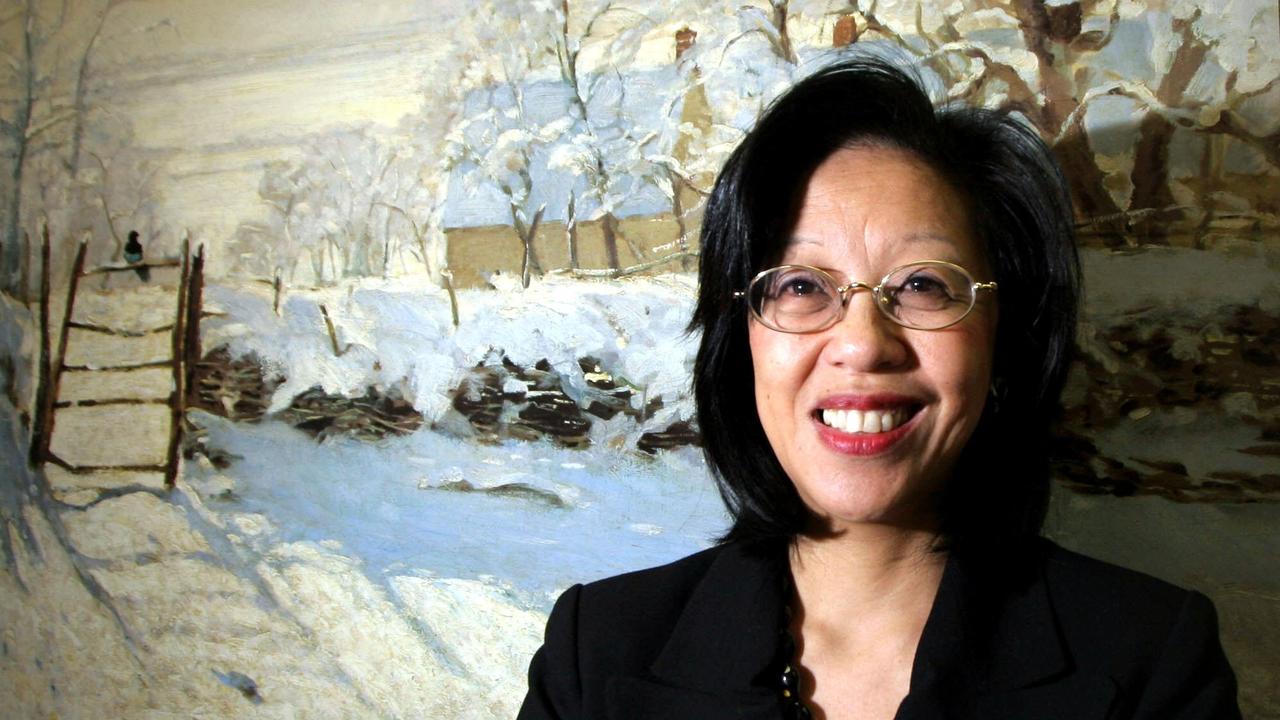
Saines and Art Exhibitions Australia director Carol Henry then rushed to New York to start finessing a wishlist of works hardly believing what was happening and thankfully it was all sorted before COVID hit.
In a year studded with major international exhibitions in Australia we think we can safely say that Saines has, in his own words, “the jewel in the crown”.
The National Gallery of Australia has Botticelli to van Gogh: Masterpieces from the National Gallery, London.
Just before GOMA opens its European Masterpieces show the National Gallery of Victoria will launch its French Impressionism from the Museum of Fine Arts, Boston.
Later in the year the Art Gallery of New South Wales will stage a major Matisse exhibition from the Centre Pompidou in Paris.
The major state galleries are incredibly competitive but without being too parochial we think we can say European Masterpieces is the most impressive exhibition this year.
Saines says it is “like the world has come to us”.
Adam Eaker says the team at The Met is thrilled with what QAGOMA is doing having been Zooming in with the staff here.
“We’ve been thrilled to see all the programming, the ways they intend to engage the audience,” Eaker says.
“To Australians I would say … get very excited about this because it’s a wonderful group of paintings and the exhibition will be like stepping into a time machine.”
That time machine will take you back as far as 15th century Italy which is where Chapter 1 of the exhibition, Devotion and Renaissance, begins.
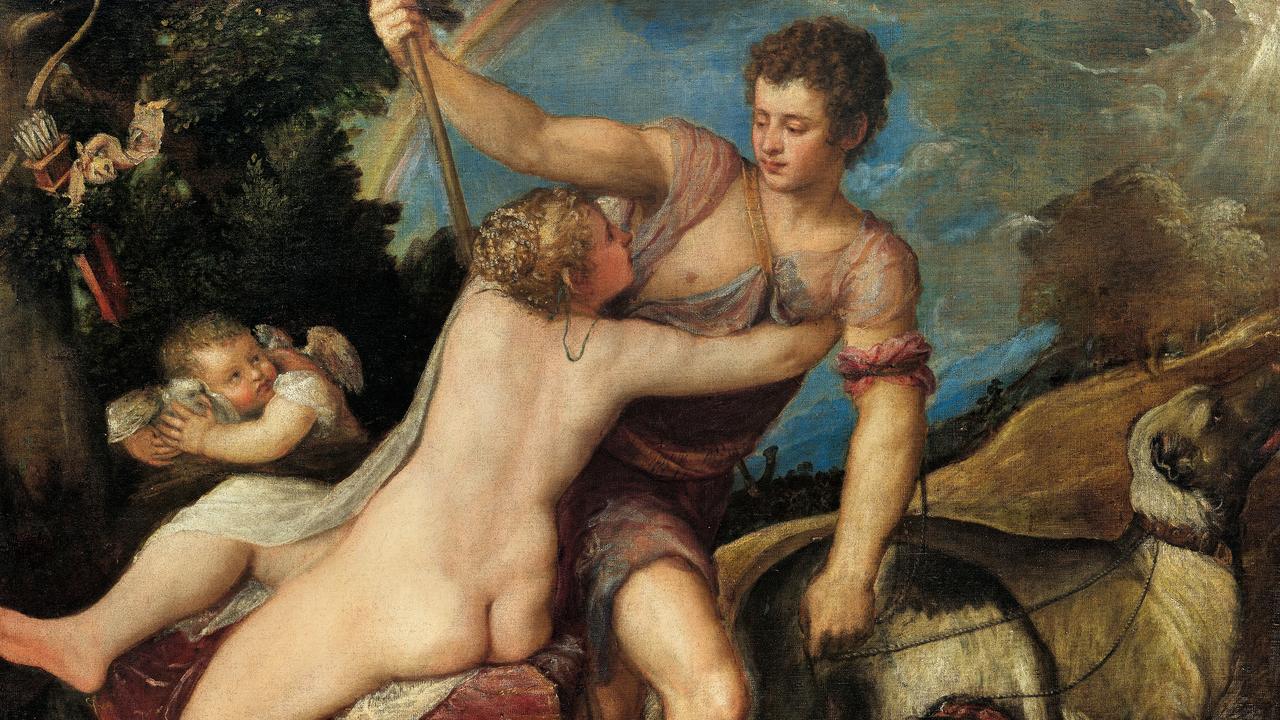
That chapter includes highlights such as Giovanni di Paolo’s Paradise, 1445, a beautifully imaged garden in heaven filled with saints and angels, where animals frolic and flowers bloom. Titian’s grand and poetic Venus and Adonis is another hero work in this chapter and it would be worth the price of admission just to see that work alone.
Chapter 2, Absolutism and Enlightenment traverses the Italian Baroque, Dutch Golden Age, French Rococo and Neoclassical movements and will feature must-see works such as Caravaggio’s allegory of music and love, The Musicians, painted in 1597, Rembrandt’s portrait Flora, circa 1654, and Johannes Vermeer’s elaborate Allegory of the Catholic Faith, c. 1670-72.
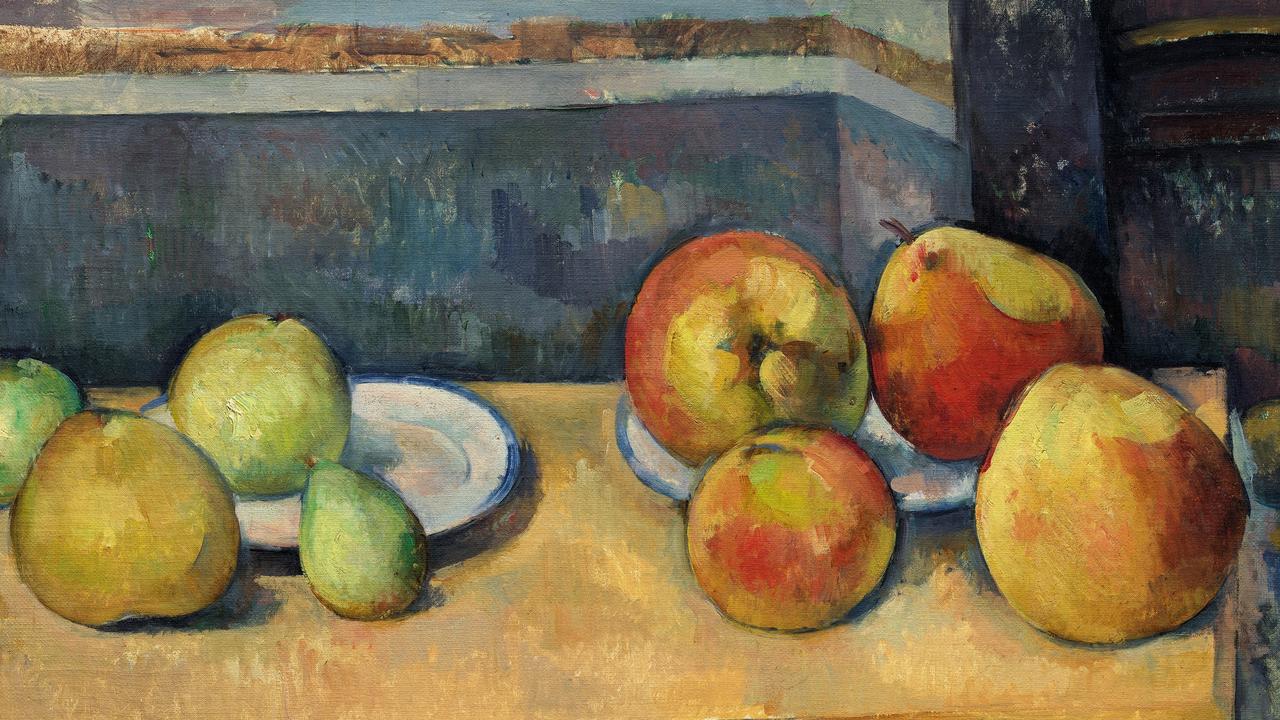
The Met rarely lends its Vermeers so that is a special treat.
This section also includes one of the stars of the show, Georges de La Tour’s The Fortune-Teller (c.1630). The third and final chapter, Revolution and Art for the People heralds the new modern era of artistic freedoms when the radical notion of the creatively independent artist took hold.
Included are works such as JMW Turner’s Venice from the Porch of Madonna della Salute, c.1835, a luminous and transcendent work that will be one of the highlights.
You can also admire Paul Cezanne’s Still Life with Apples and Pears, c. 1891-92, Vincent van Gogh’s The Flowering Orchard, 1888, and Water Lilies, a late work by Claude Monet capturing his favourite subject, his garden.
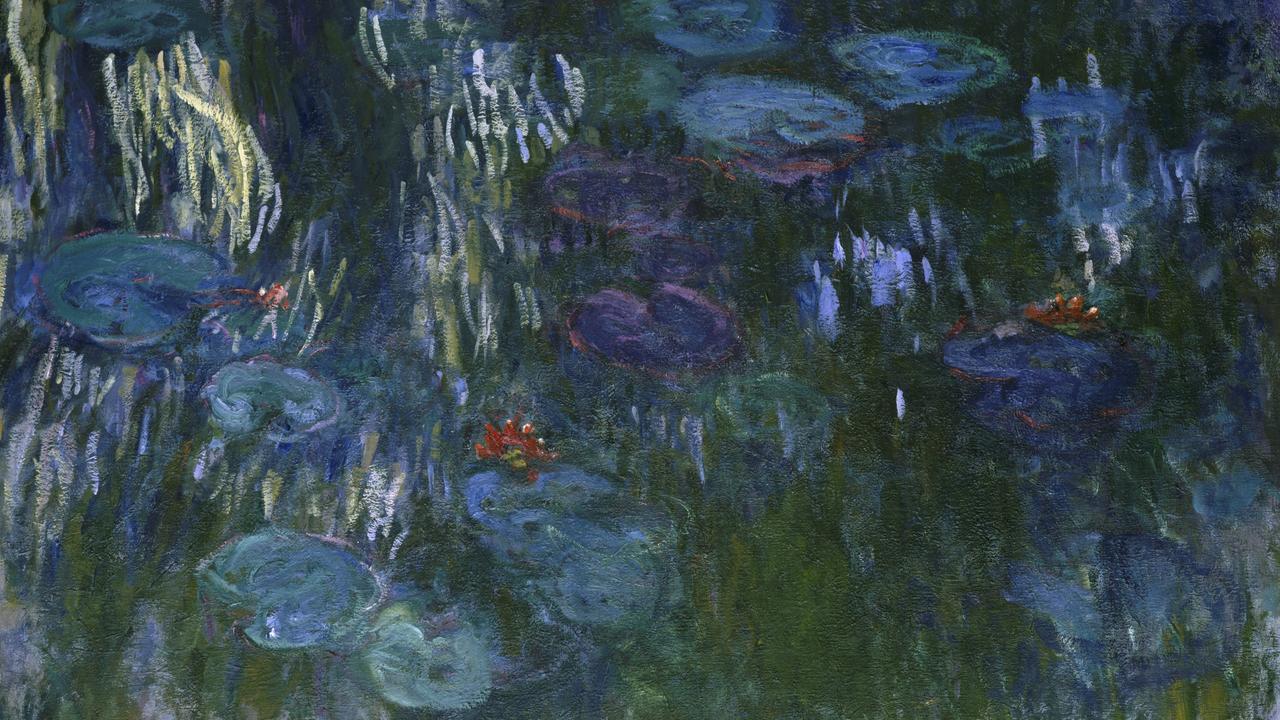
Normally you would have to travel to New York to see all this.
QAGOMA’s senior exhibition designer Rebekah Coffey says the exhibition will be presented in a way that refers to the periods represented but doesn’t try to recreate the New York setting.
“We have made a deliberate decision that we didn’t want to recreate The Met,” Coffey says. “And given that it will be housed in a contemporary building here it will be different but we wanted to give a nod to the 500 years of art history the exhibition encompasses.”
In Chapter 1, Coffey says, the design will evoke “devotional spaces” and colours and arches will evoke periods and take viewers “on a journey through time rather than a journey to New York”.
“The works are incredible on their own and we wanted to be sympathetic to them but present something that is a modern interpretation for our audiences,” Coffey says.
“The use of colour will give visual cues … such as in the section dealing with the Baroque we will use opulent tones and deep red and green that will visually pop.”
The long central gallery at GOMA will become The Studio during the exhibition and there will be live music daily.
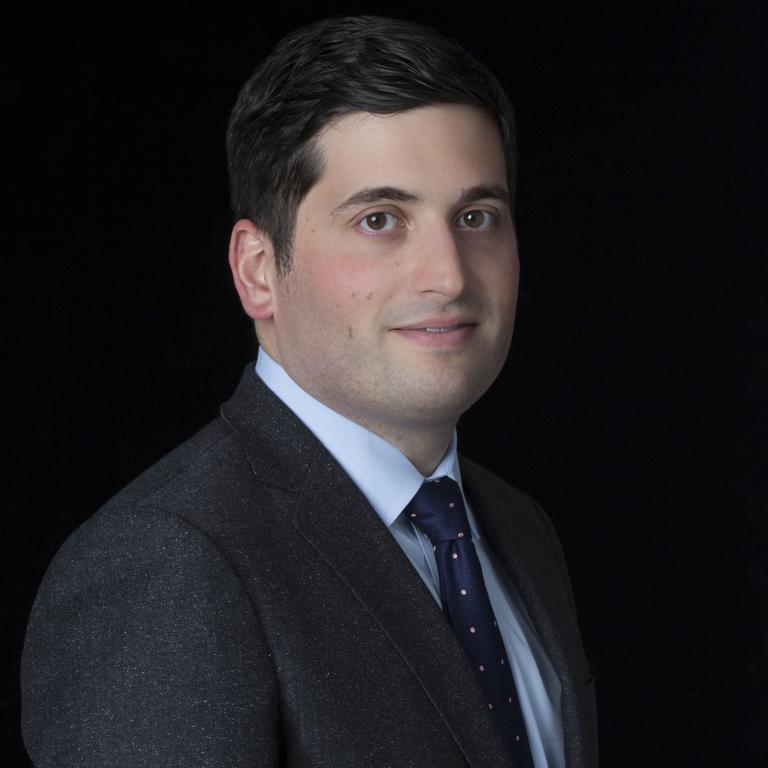
Gallery-goers will also see paintings come alive here with artwork recreations by costumed models.
There will be a busy opening weekend of talks and other events and the beginning of a cinema program, drawing classes and other events follow in The Studio, and also Up Late events in August. It will be a movable feast for art lovers.
Adam Eaker will look on from New York since due to the pandemic he won’t be able to come to Brisbane to see how The Met’s masterpieces look on our walls.
“But everyone here is very excited about the exhibition in Brisbane,” Eaker says, and one imagines he may have experienced a pang of regret packing up the works and sending them off to Brisbane.
“I had to coax some masterpieces off the walls,” Eaker says and we are so glad he did.
European Masterpieces from The Metropolitan Museum of Art, New York, June 12 to October 17, Gallery of Modern Art, Brisbane.




